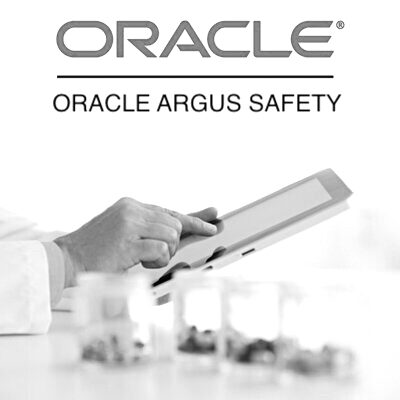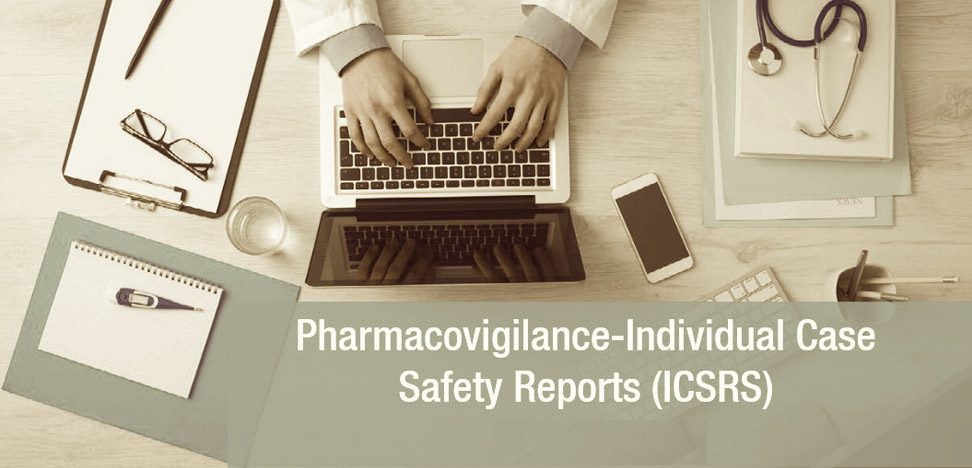Table of Contents
- Individual Case Safety Reports
- Introduction
- Data Elements
- General Principles
- Contents of Individual Case Safety Reports (ICSRs)
- You may be interested in…
- Oracle Argus Safety Essentials
- Oracle Argus Safety Essentials + Console
- Oracle Argus Safety – Live Online
- Oracle Argus Safety + Console – Live Online
- Oracle Empirica Signal
- Oracle Empirica Signal – Live Online
- Diploma in Pharmacovigilance
- Argus Safety – Business Configuration and Administration
Individual Case Safety Reports
In this post we shall discuss about Individual Case Safety Reports (ICSRs). in this post we will cover the following topics:
Introduction
This post includes data elements of case safety reports for both pre and post approval periods and covers both adverse drug reaction and adverse event reports.
It is not intended that this format should be used for cases in the integrated safety summary of a marketing license application dossier.
For adverse reactions encountered in clinical trials, this format should be used only for those subject to expedited reporting. The scope of this topic does not encompass the definition of database structures, the design of a paper report form, quality control/quality assurance aspects, or technical securitv issues.
The transmission of such individual case safety reports relies on paper-based formats (e.g., yellow cards, COMS I forms, Med Watch) or electronic media usually by on-line access, tape or file transfer. Considering the large number of potential participants in a world-wide exchange of information, there should be an electronic format capable of accommodating direct database to database transmission using message transfers.
Successful electronic transmission of information relies on the definition of common data elements, provided in this document, and standard transmission procedures to be determined by the ICH Electronic Standards for the Transfer of Regulatory Information (ESTRI) Expert Working Group (M2).
Data Elements
The format for individual case safety reports includes provisions for transmitting all the relevant data elements useful to assess an individual adverse drug reaction or adverse event report.
The data elements are sufficiently comprehensive to cover complex reports from most sources, different data sets, and transmission situations or requirements; therefore, information for each and every data element will not be available for every transmission.
In many, if not most instances, a substantial number of the data elements will not be known and therefore not included in the transmission. Where it was deemed important, provisions for unknown/not applicable were included (e.g., outcome, route of administration).
The minimum information for the transmission of a report should include:
- At least one identifiable patient
- One identifiable reporter reaction/event
- One suspect drug with exceptions
It is often difficult to obtain all the information, any one of several data elements is considered sufficient to define an identifiable patient (e.g., initials, age, and sex) or an identifiable reporter (e.g., initials, address, and qualification).
It is also recognized that the patient and the reporter can be the same individual and still fulfill the minimum reporting criteria.
General Principles
The complete information available for a case should be provided in each ICSR. This applies to all types of ICSRs, i.e., reports with initial information on the case, follow-up information, and cases highlighted for nullification.
The information available should be reported in a fully structured format using the relevant E2B(R) data elements and the applicable standard terminology. Text fields are intended only for additional information, which could not be provided in structured format using a reference standard terminology.
Contents of Individual Case Safety Reports (ICSRs)
The data elements are divided into sections pertaining to
A: Administrative and Identification Information
A.1 – Identification of the case safety report
A.2 – Primary source(s) of information
A.3- Information on sender and receiver of case safety report
B: Information on the Case:
B.1 – Patient characteristics
B.2 – Reaction(s)/event(s)
B.3 – Results of tests and procedures relevant to the investigation of the patient
B.4 – Drug(s) information
B.5 – Narrative case summary and further information
This completes our discussion on Individual Case Safety Reports (ICSRs). We hope this gives you flavour the various types of Individual Case Safety Reports (ICSRs) in pharmacovigilance and a flavour of this allied science.
For a deep insight into the world of Pharmacovigilance, subscribe to our Pharmacovigilance Knowledgebase
Want to explore a career in Pharmacovigilance? Join our Diploma in Pharmacovigilance program and kick-start a career in Pharmacovigilance and Oracle Argus Safety.
Already completed a program in Pharmacovigilance. Enhance your expertise on the Oracle Argus Safety software by pursuing our Oracle Argus Safety program. You can also subscribe for 24×7 access to the Oracle Argus Safety software for practice.
You may be interested in…
-
 eLearning + software
eLearning + softwareOracle Argus Safety Essentials
$599.00 -
 eLearning + software
eLearning + softwareOracle Argus Safety Essentials + Console
$799.00 -
 Live Online
Live OnlineOracle Argus Safety – Live Online
$999.00 -
 Live Online
Live OnlineOracle Argus Safety + Console – Live Online
$999.00 -
 eLearning + software
eLearning + softwareOracle Empirica Signal
$599.00 -
 Live Online
Live OnlineOracle Empirica Signal – Live Online
$999.00 -
 eLearning + software
eLearning + softwareDiploma in Pharmacovigilance
$799.00 -
 eLearning + software
eLearning + softwareArgus Safety – Business Configuration and Administration
$599.00

